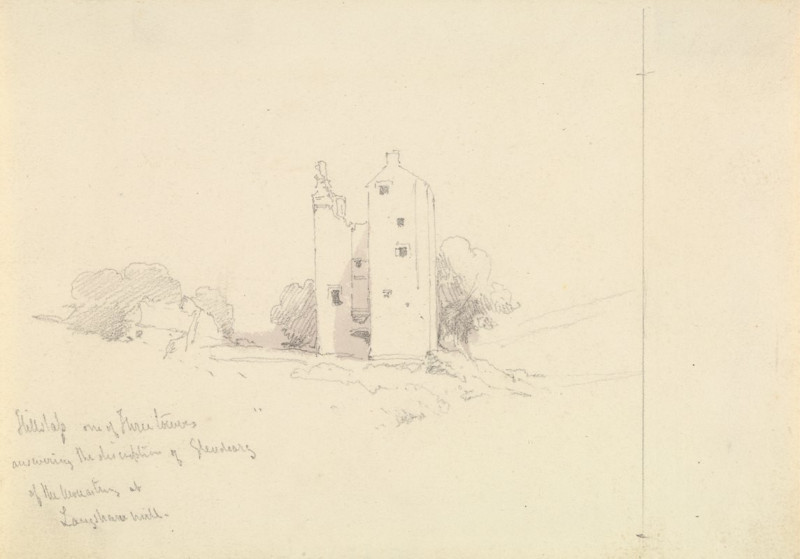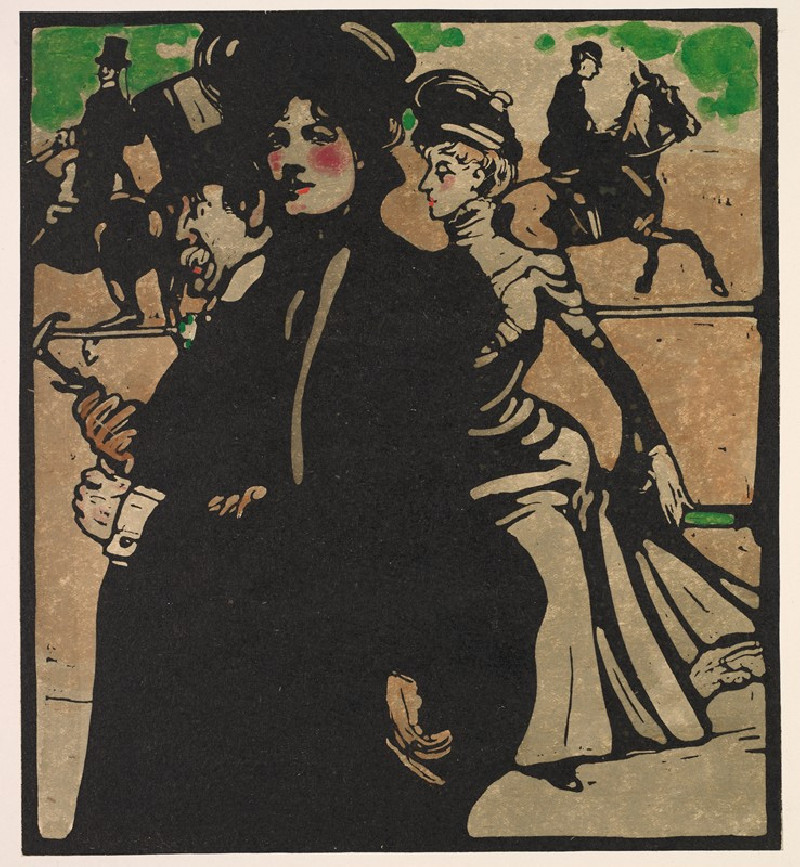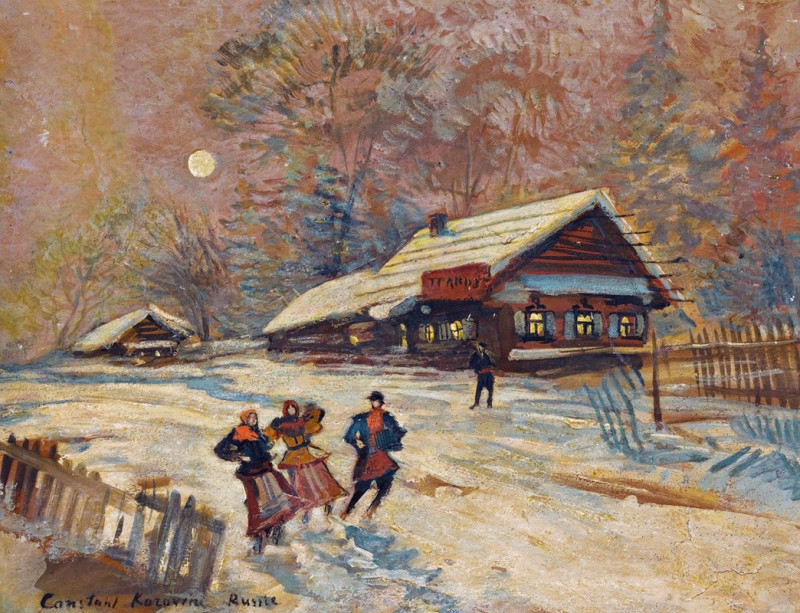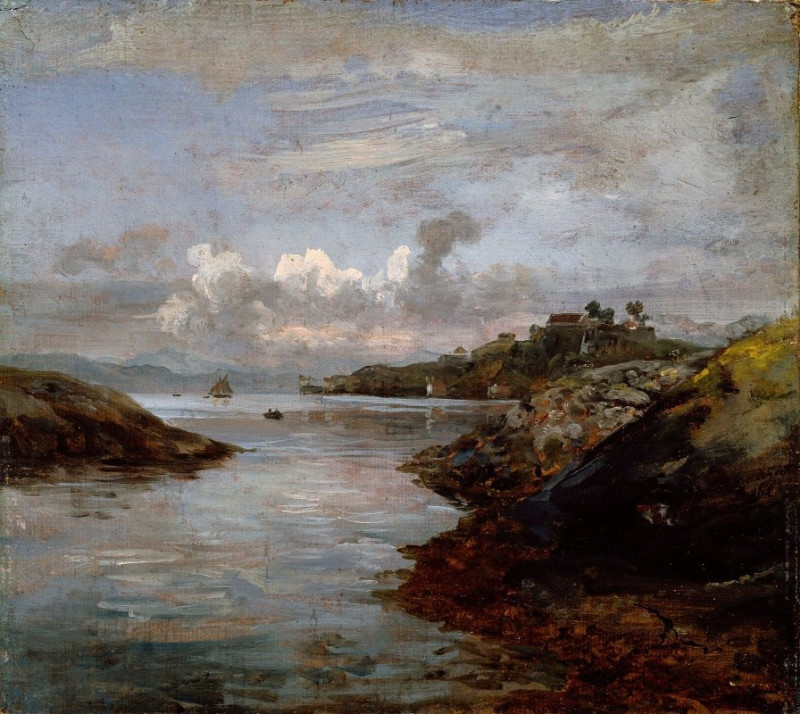Landscape with Figures
Technique: Giclée quality print
Recommended by our customers
More about this artwork
Welcome to a serene escape into nature, as envisioned by the masterful Théodore Rousseau. His painting, "Landscape with Figures," is a compelling example of the Barbizon School's dedication to capturing the raw beauty and emotional depth of rural landscapes.In this exquisite work, Rousseau crafts a scene rich with verdant foliage and a diversity of trees that anchor the composition. The painting is dominated by a cluster of robust, dark trees to the right, which contrast dramatically with the lighter, airy trees to the left. This juxtaposition highlights Rousseau's skill in using color and light to create depth and volume.Amidst this natural splendor, small figures can be seen, infusing the landscape with human presence and scale. These figures, subtly integrated into the scenery, engage in what appears to be daily rural activities, thus blending human life seamlessly with the natural environment. The presence of a wooden cart in the background further enriches the narrative, suggesting the routines of pastoral life.Above the tranquil earthy tones, the sky opens up with soft, billowing clouds, suggesting a vastness that extends beyond the canvas. This ethereal skyline not only enhances the mood of tranquility but also complements the more detailed and textured elements of the foreground."Landscapes with Figures" invites viewers to ponder the harmonious coexistence of human and nature. It's a testament to Rousseau’s ability to not just paint a scene, but to convey an atmosphere, a moment captured in time where every element is imbued with significance.
Delivery
Returns
Étienne Pierre Théodore Rousseau was a French painter of the Barbizon school.
He was born in Paris, France in a bourgeois family. At first he received a basic level of training, but soon displayed aptitude for painting. Although his father regretted the decision at first, he became reconciled to his son forsaking business, and throughout the artist's career (for he survived his son) was a sympathizer with him in all his conflicts with the Paris Salon authorities.


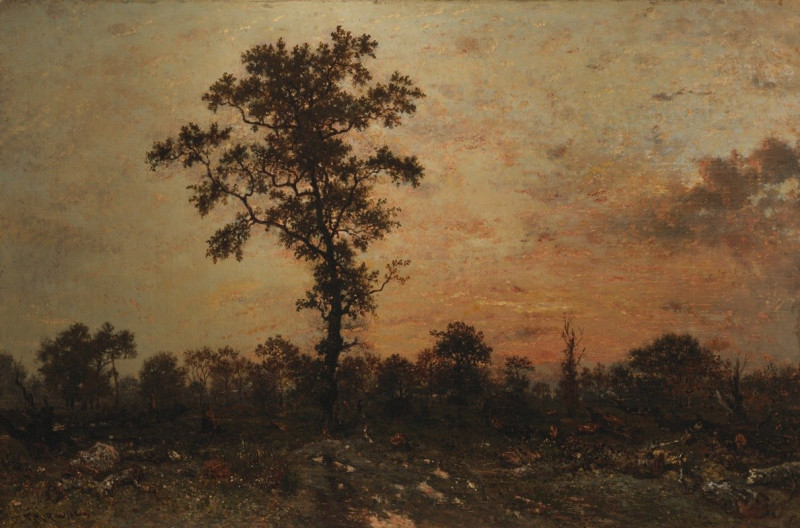
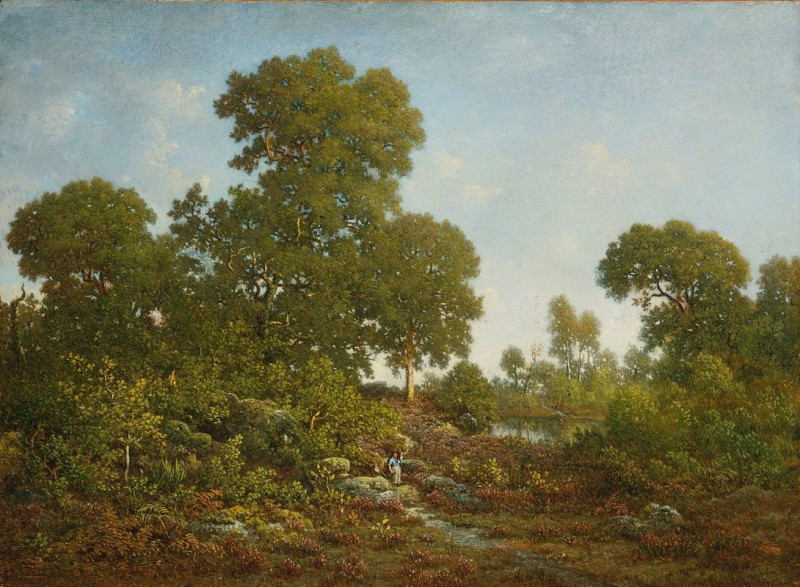


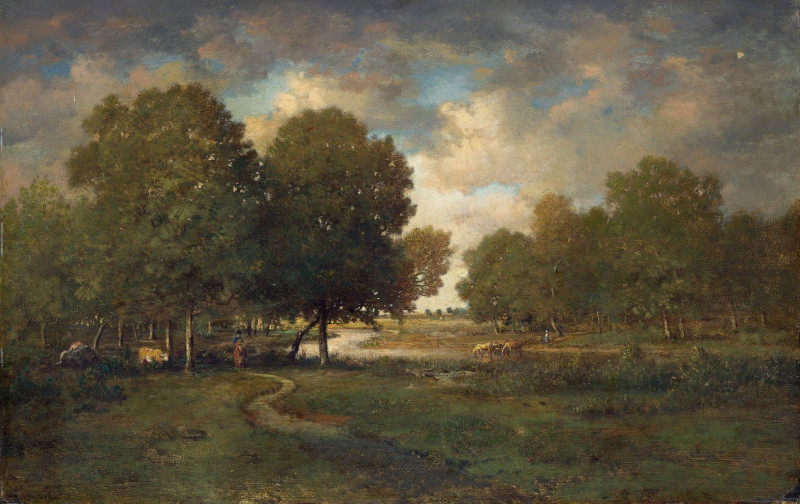


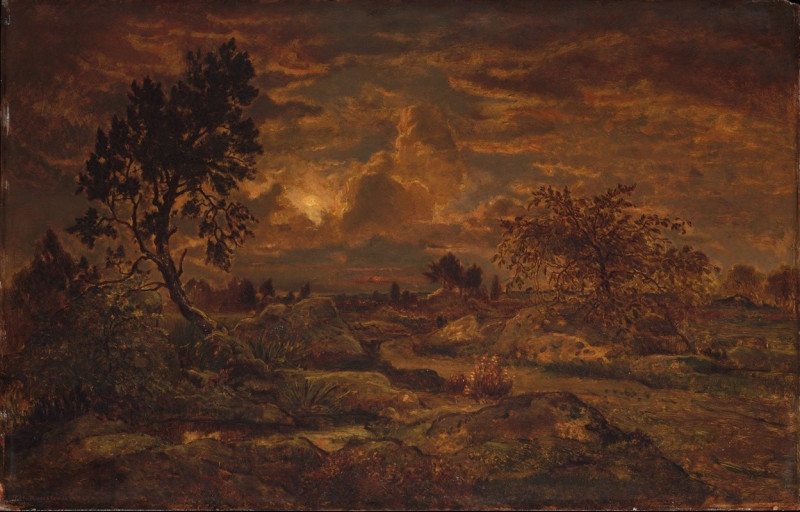
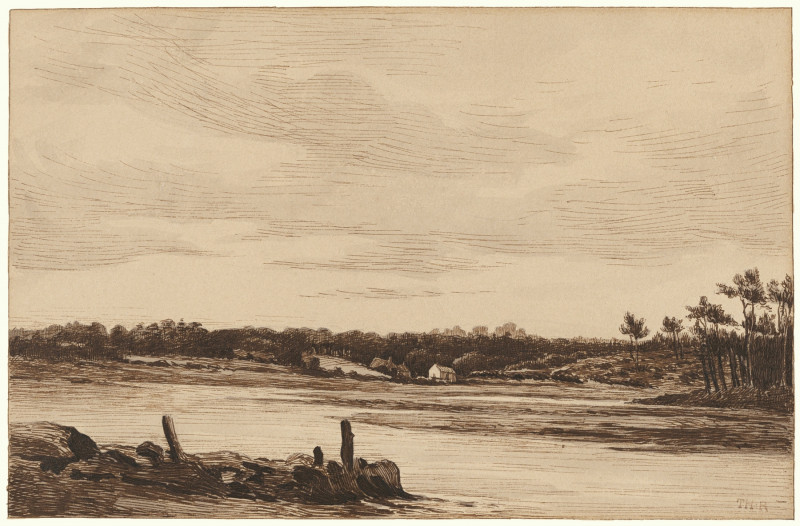
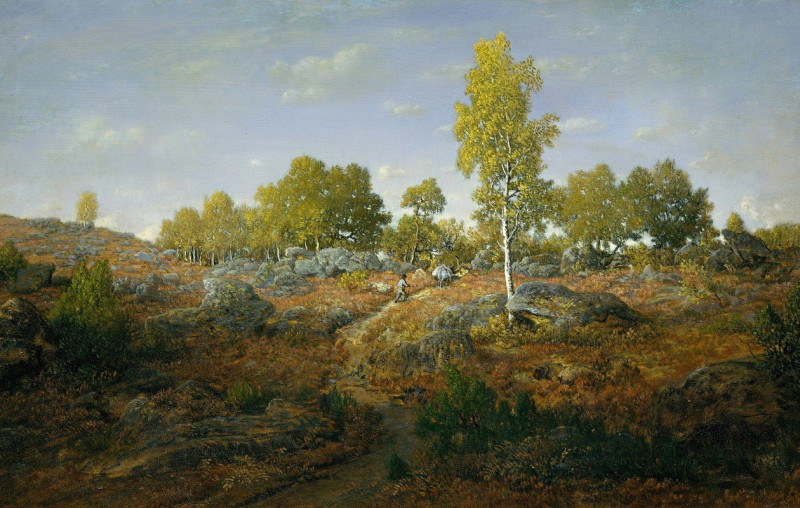

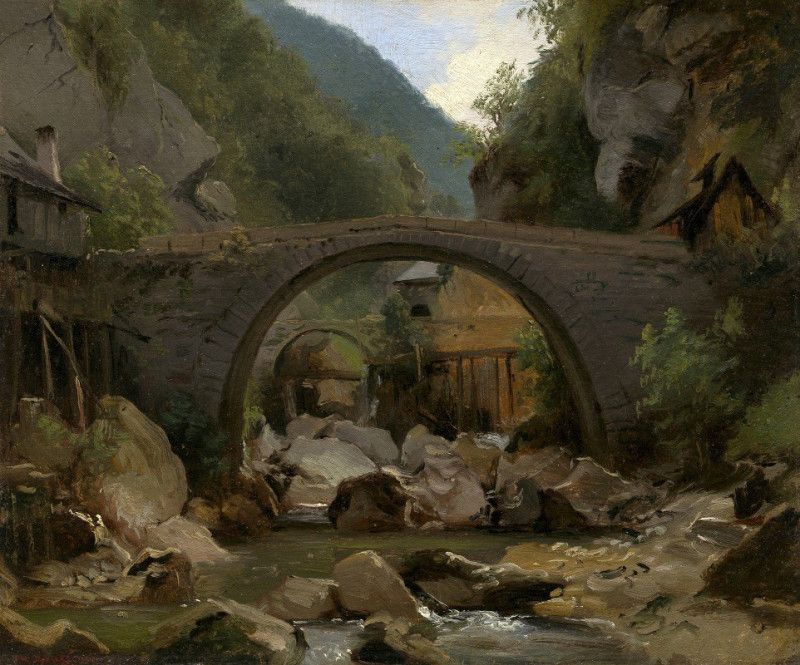
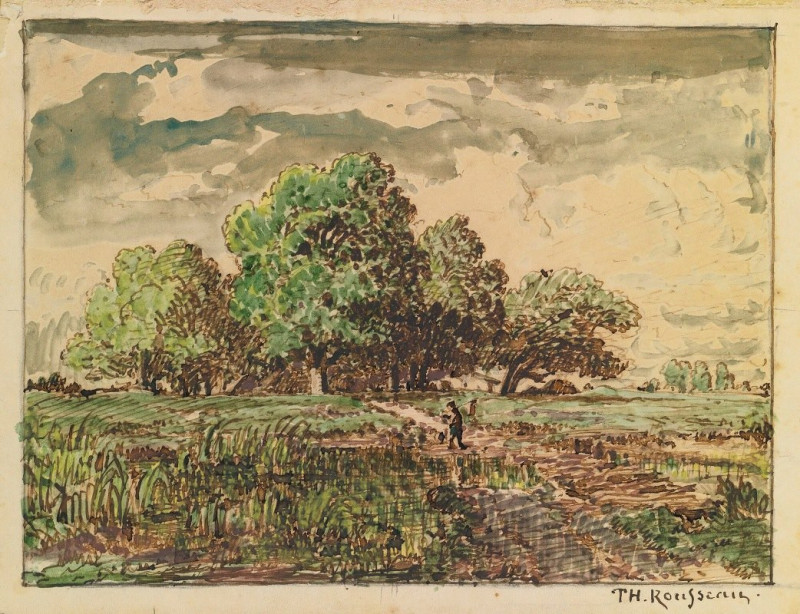
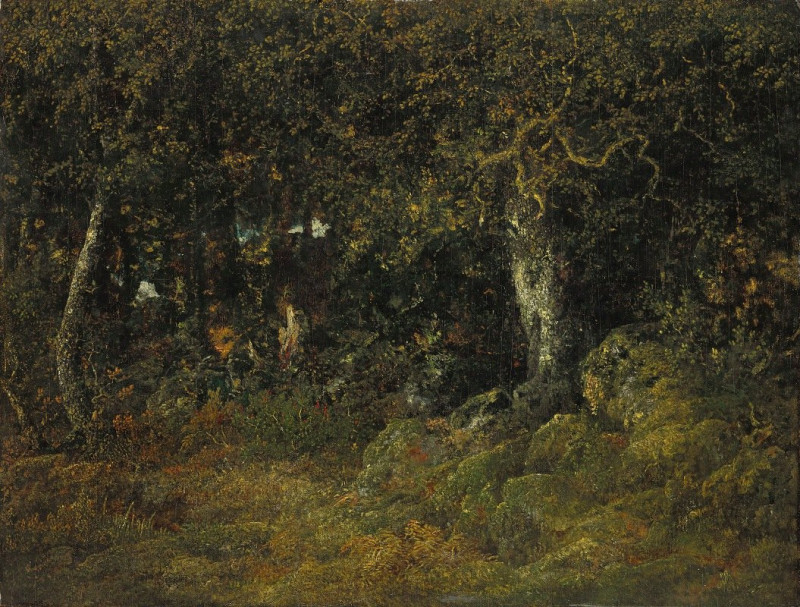

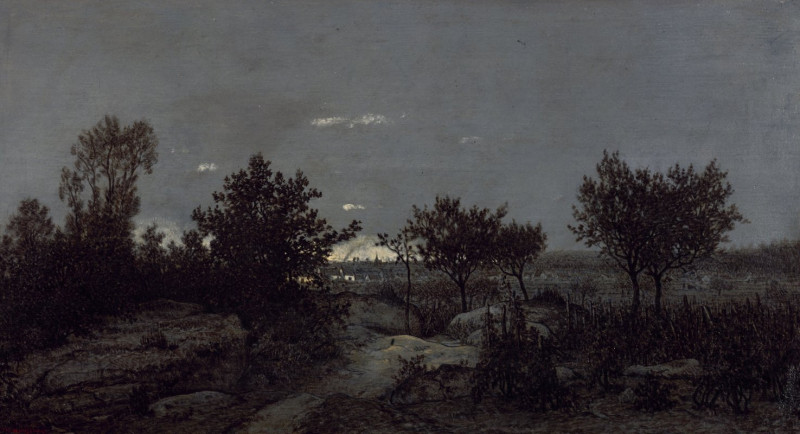
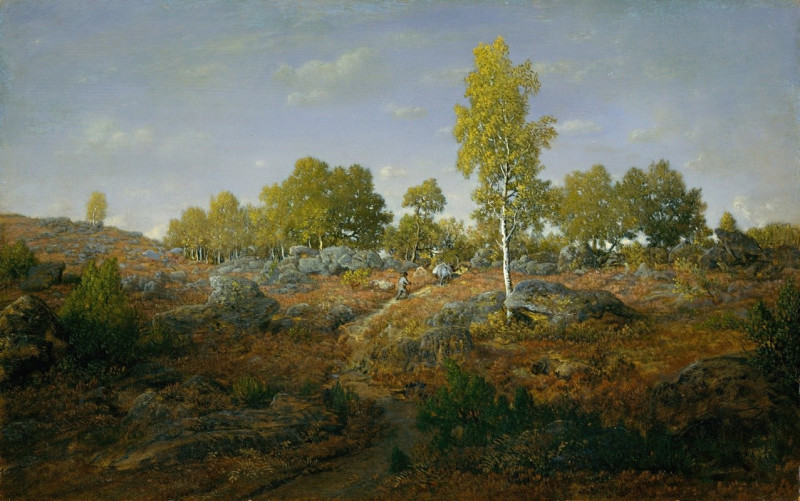
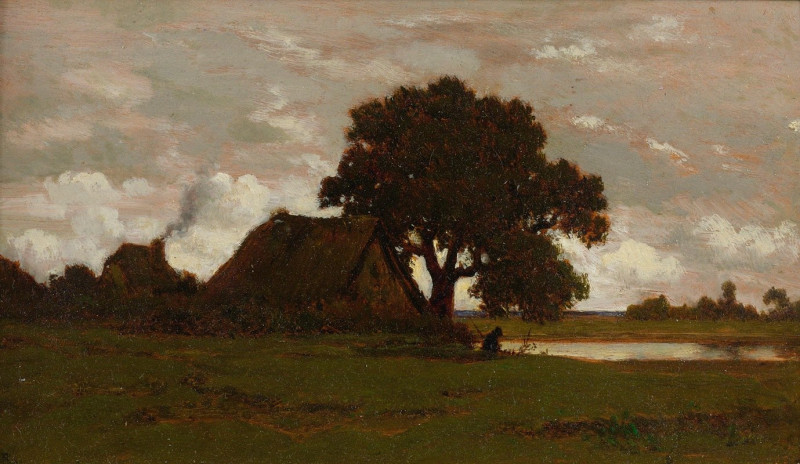
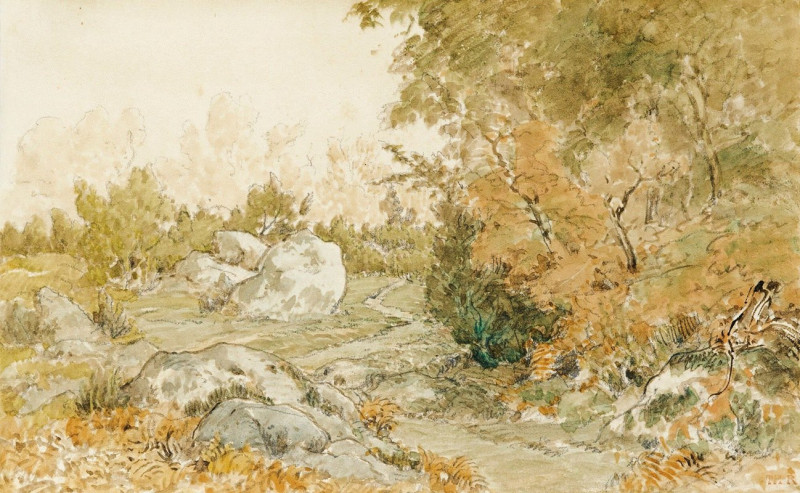

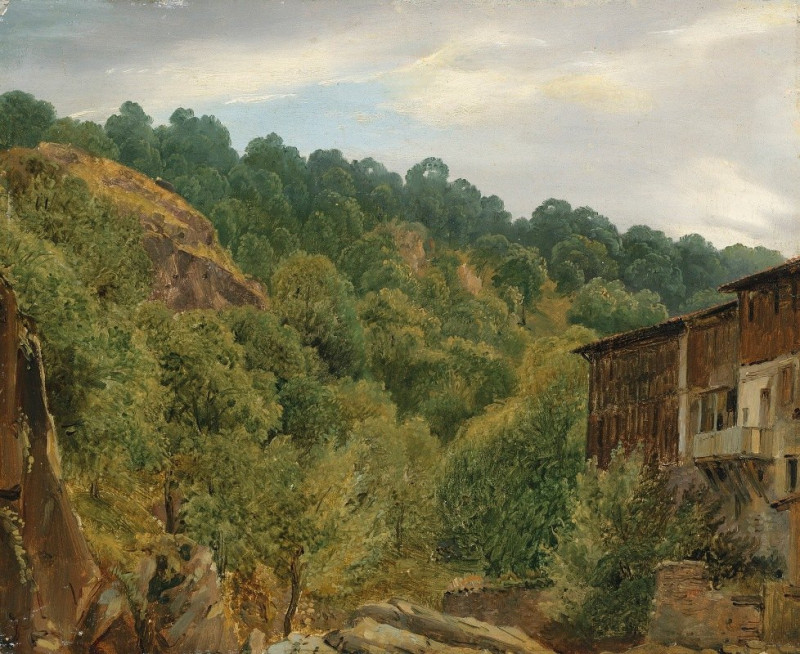

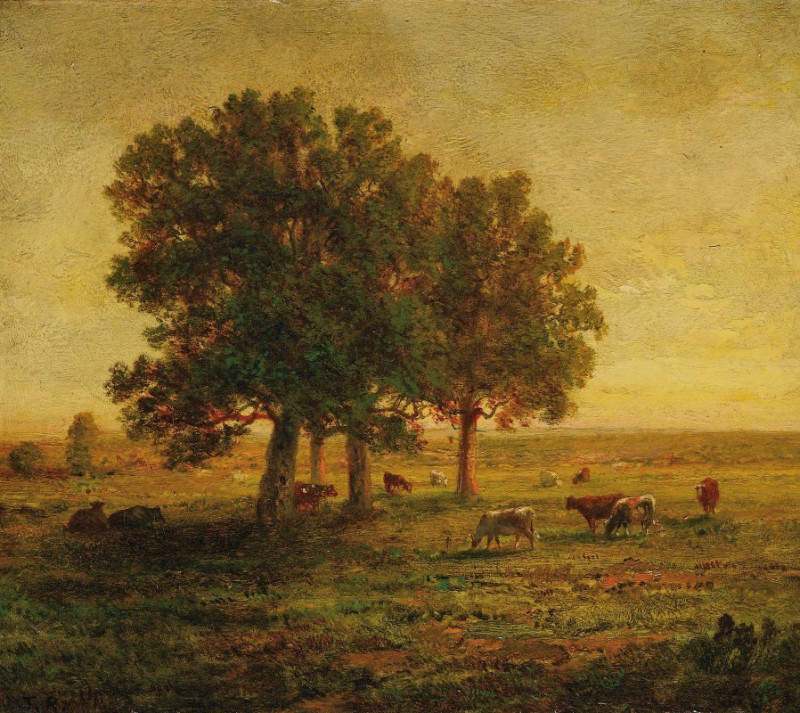
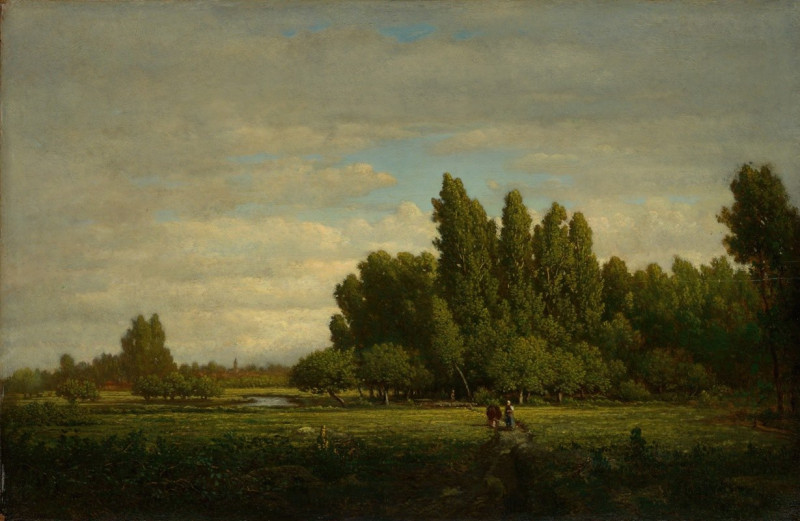

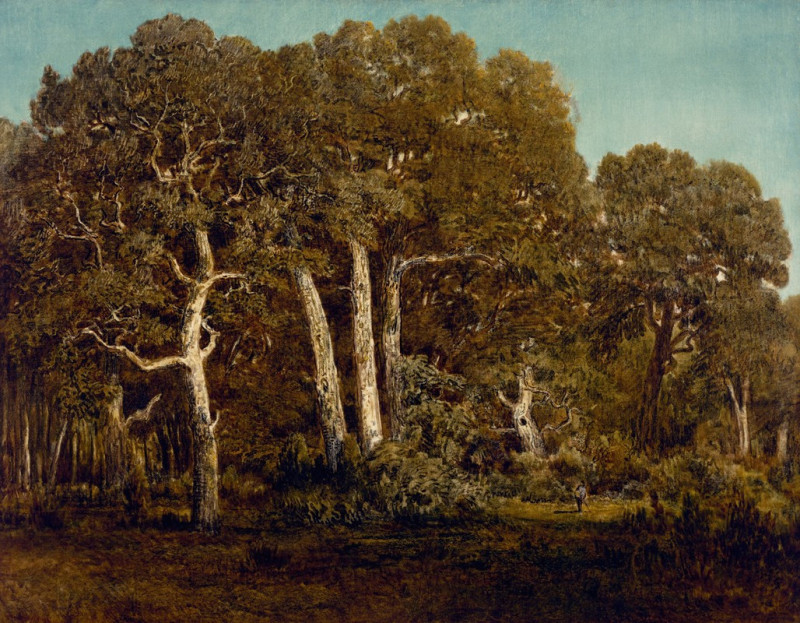
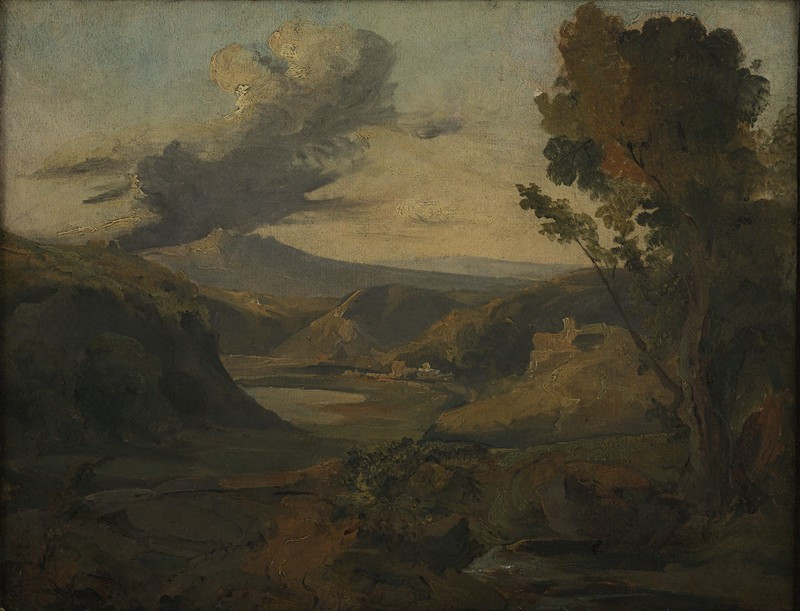
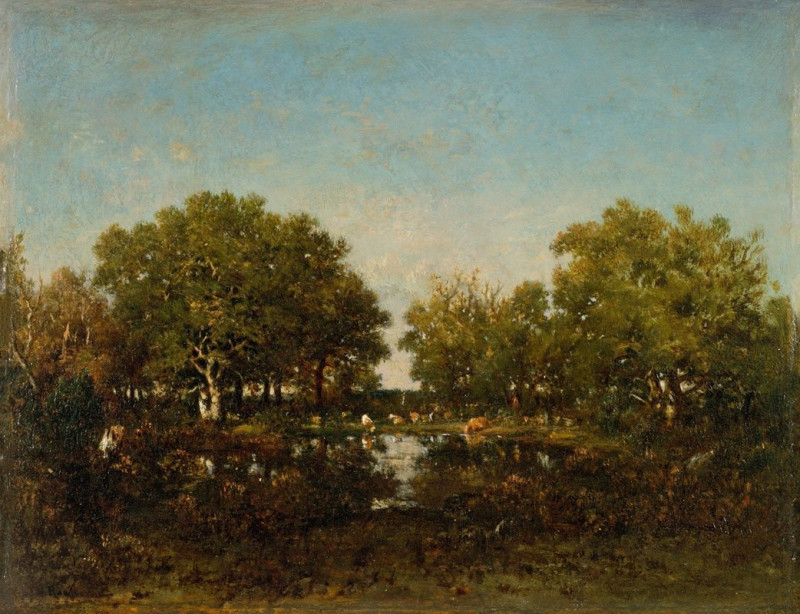
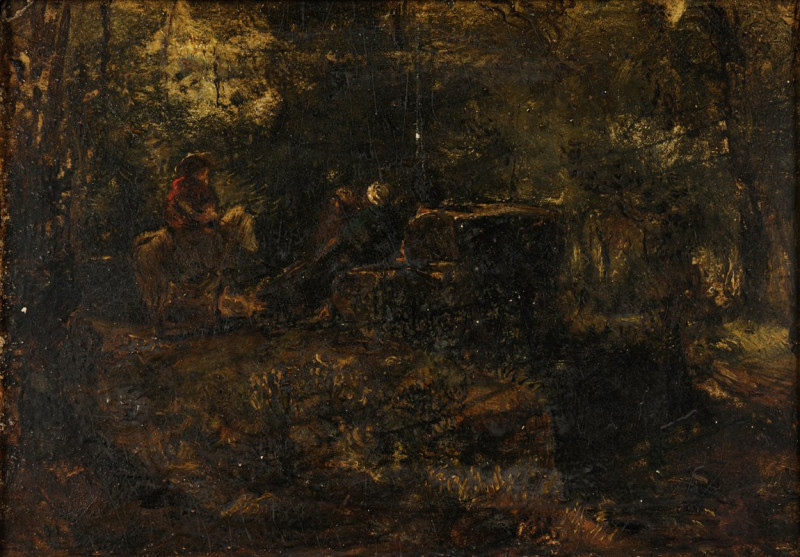
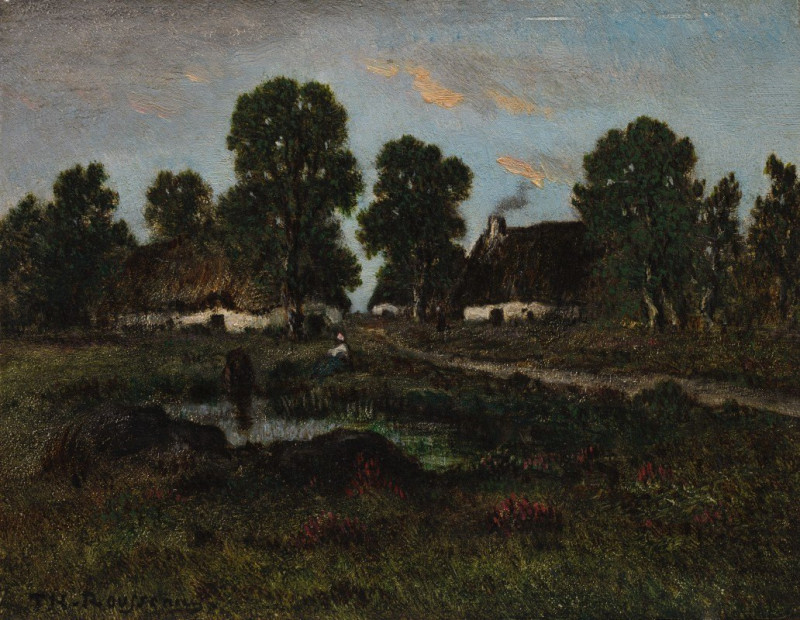
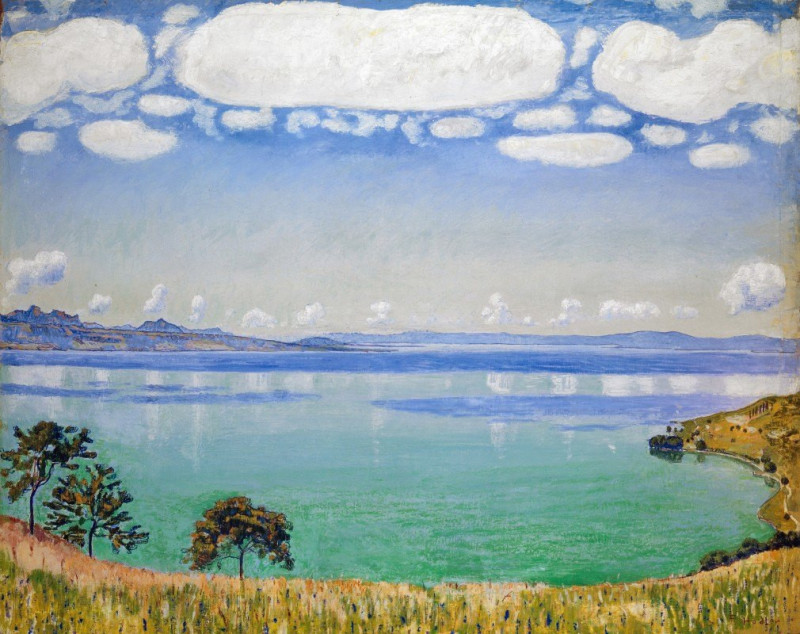
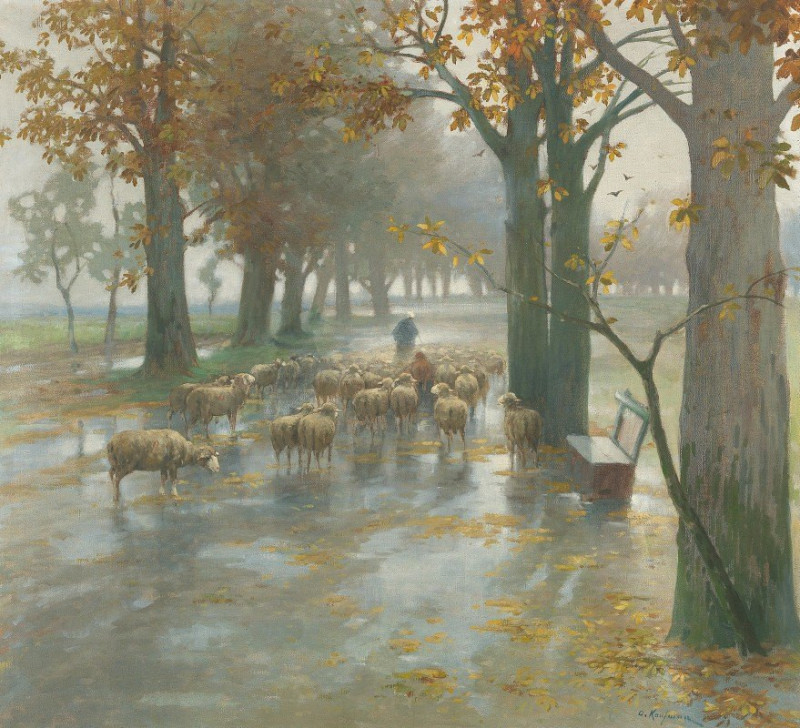
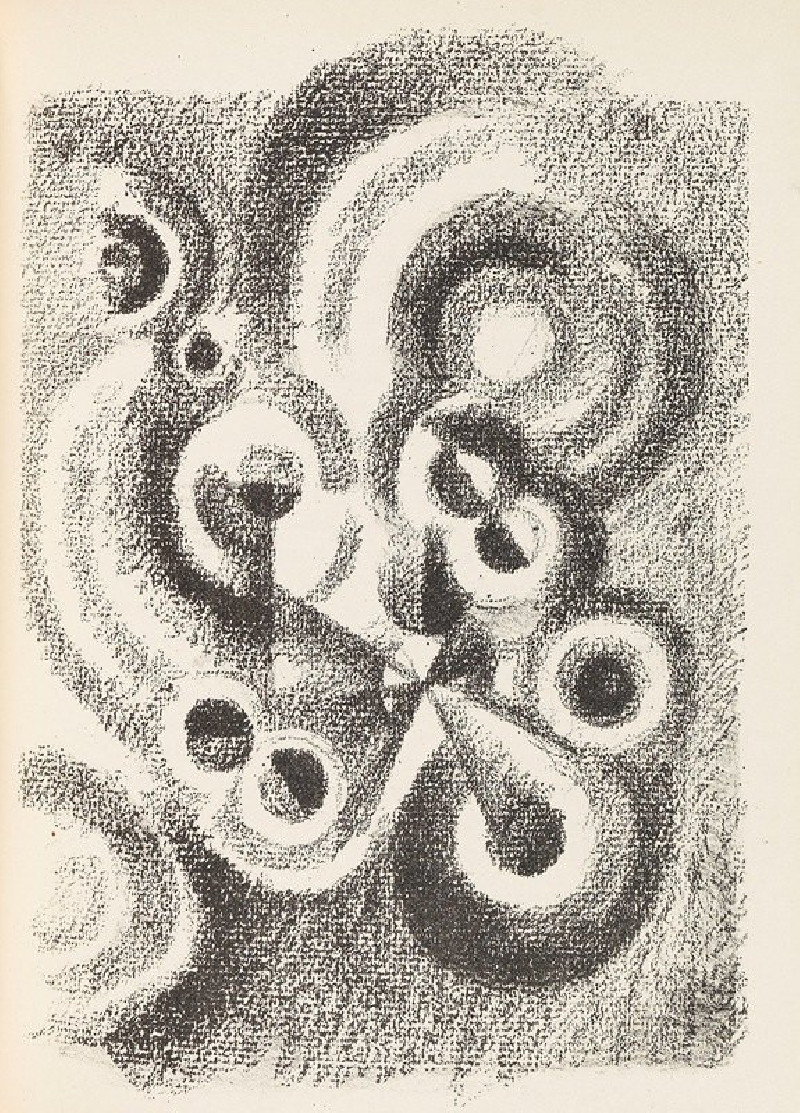
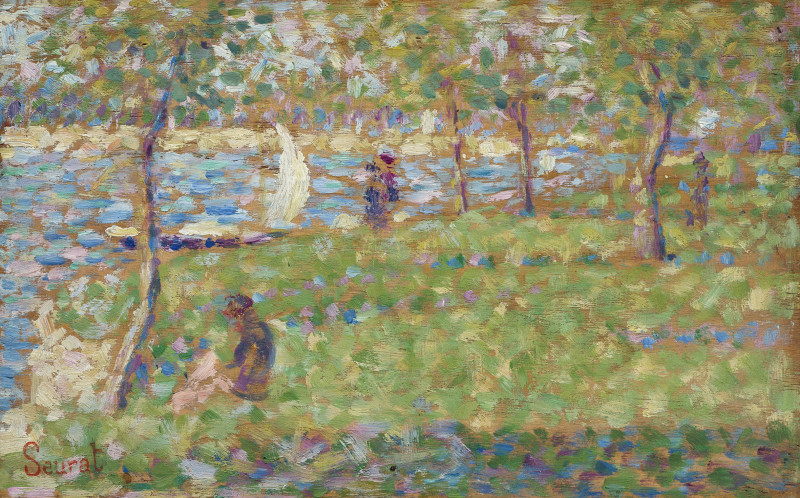
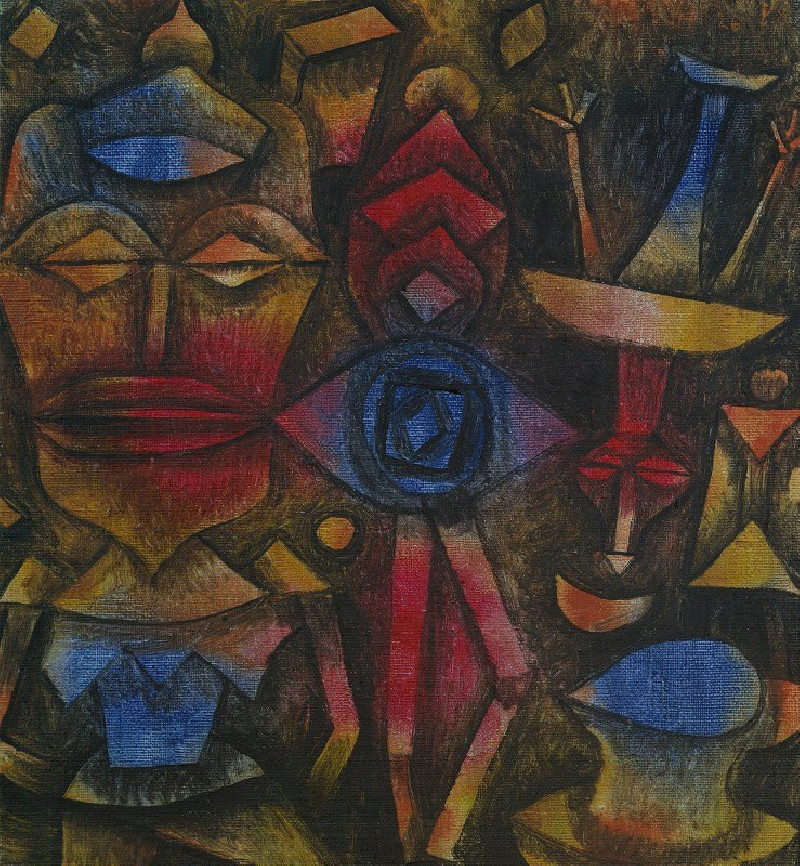
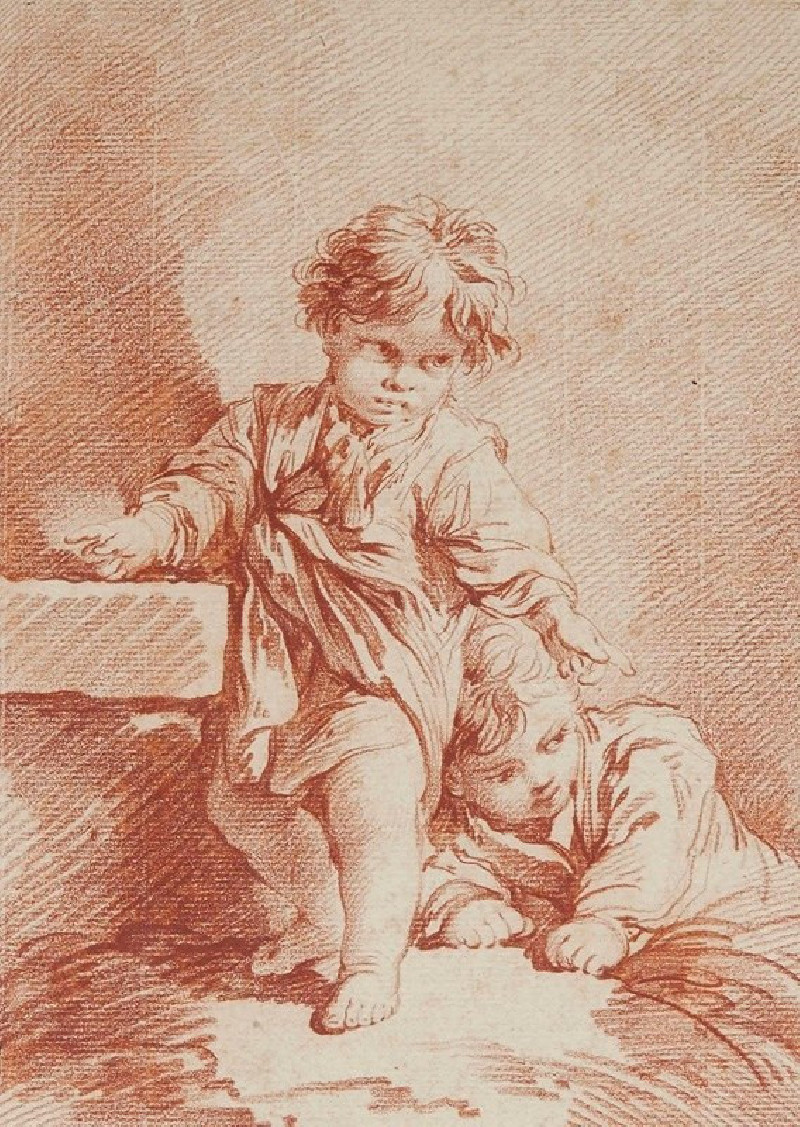

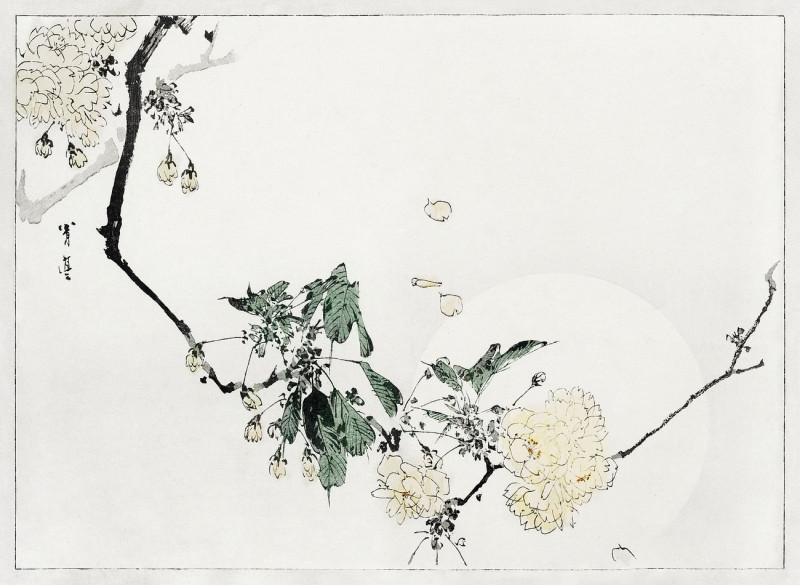


![Etude d’homme [Les Syndics], copie d’après Rembrandt (1848-1855) reproduction of painting by Félix Ziem. ALL GICLEE PRINTS](https://reprodukcijos.lt/40511-large_default/reproduction-of-etude-dhomme-les-syndics-copie-dapres-rembrandt-1848-1855.jpg)
